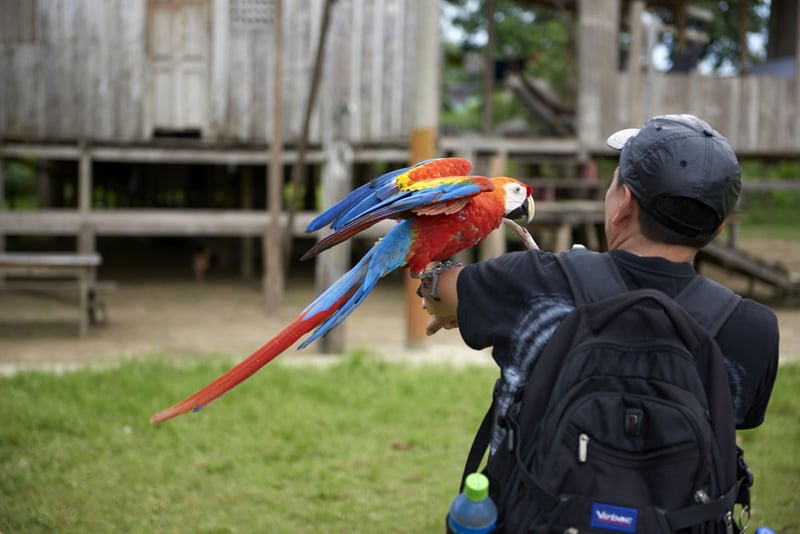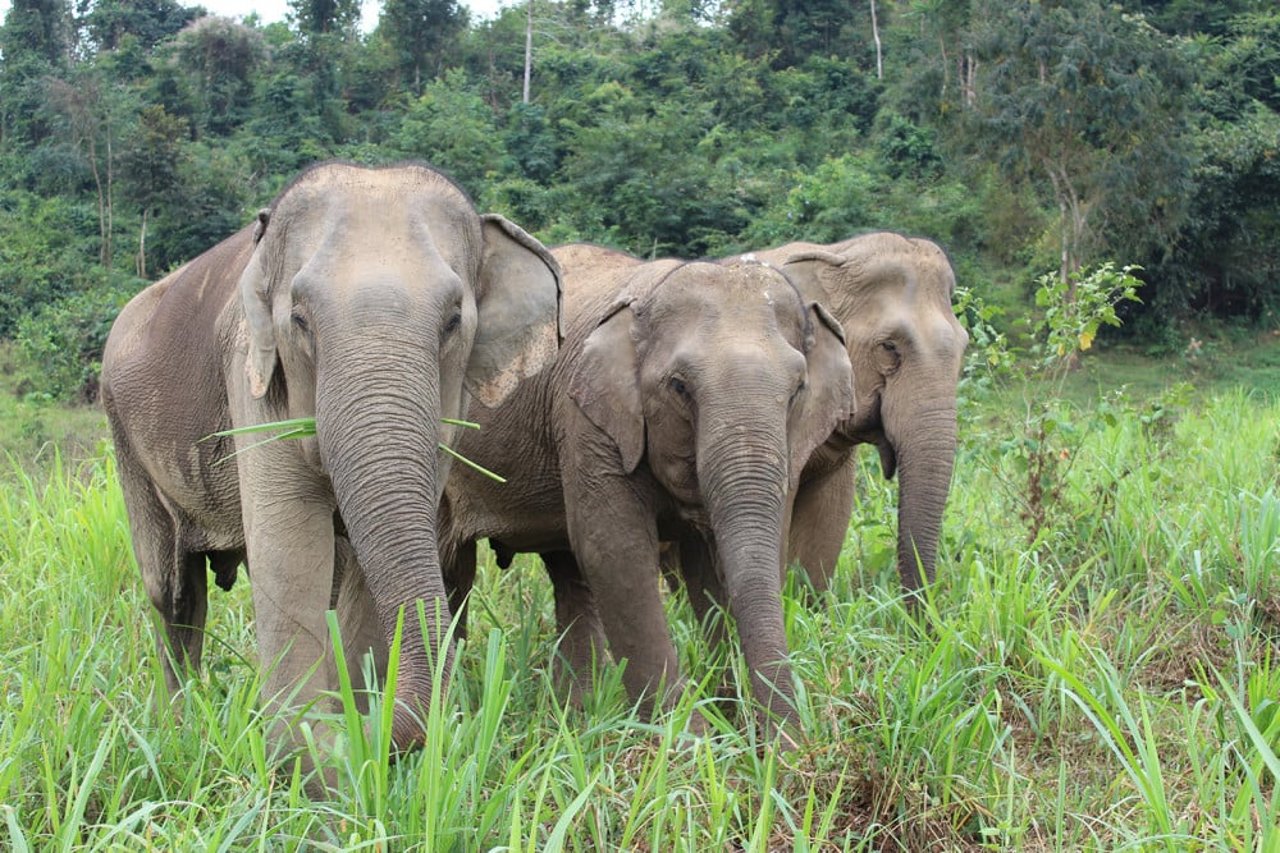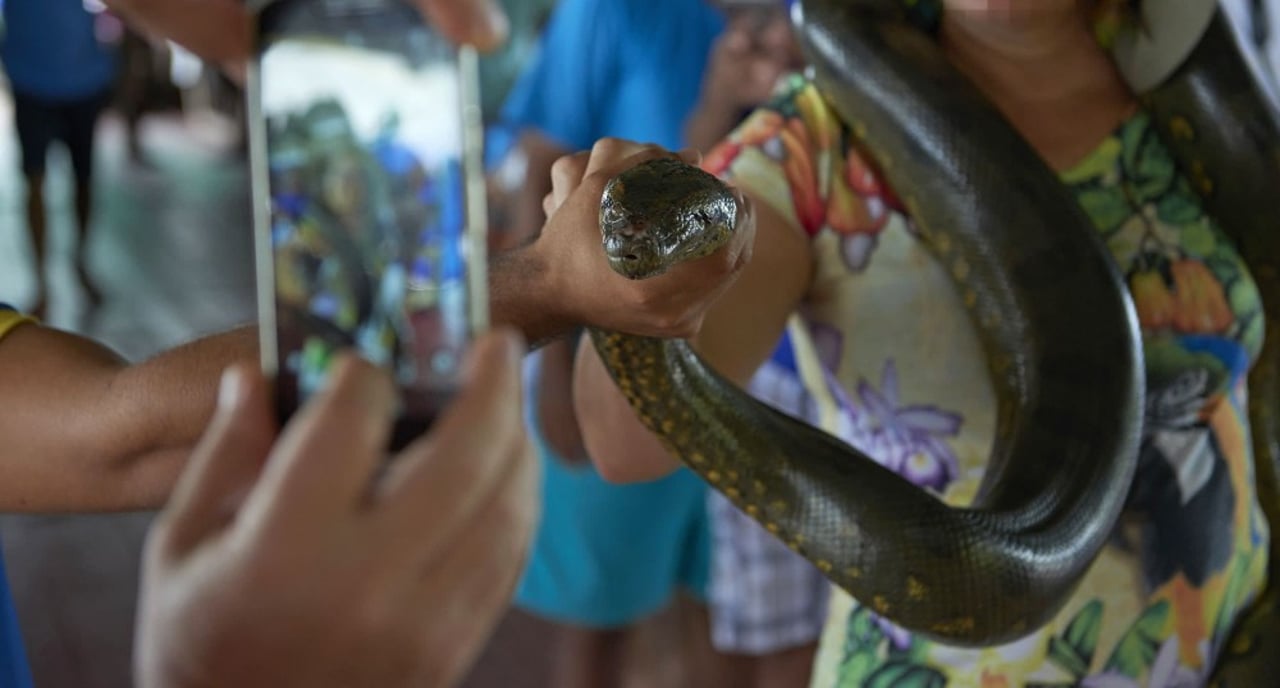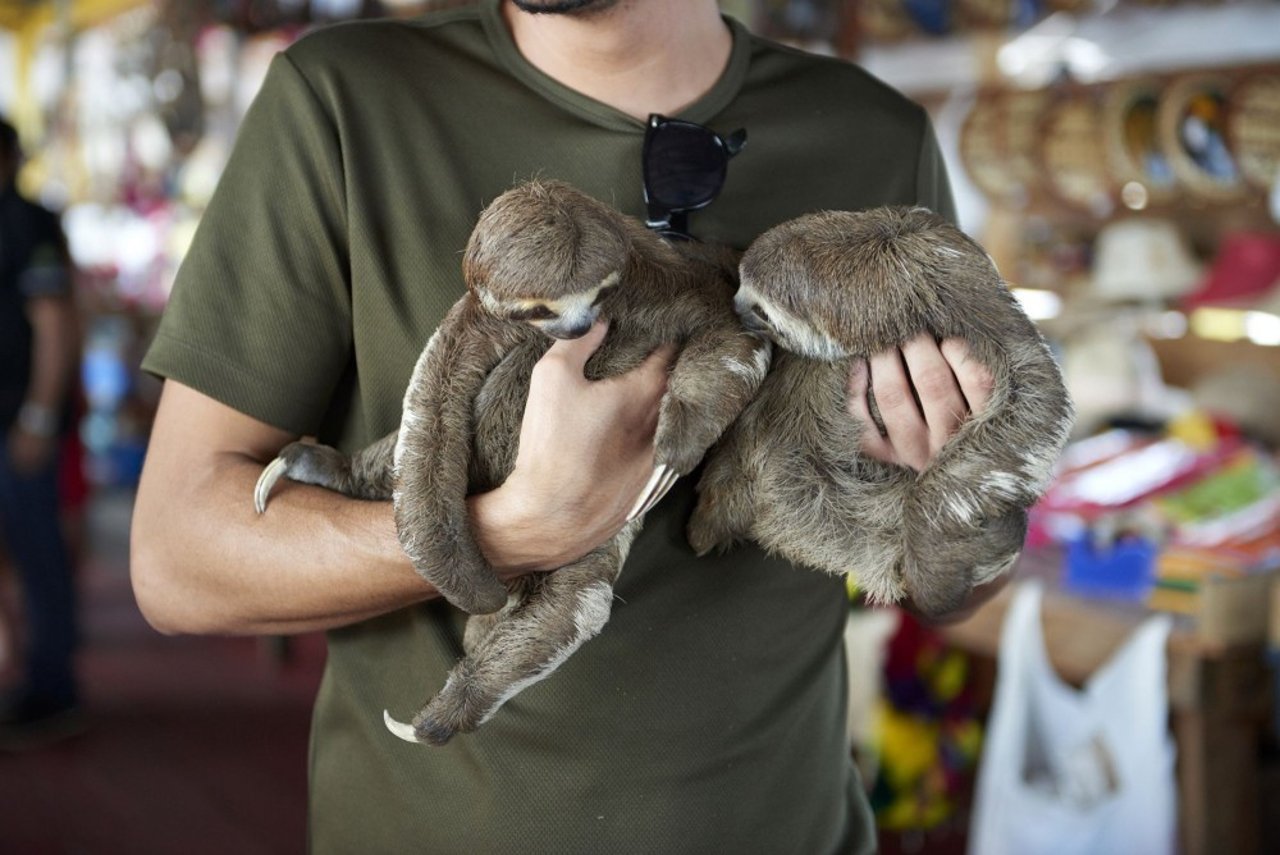
Love wild animals? Want to see them up close?
News
Have you ever been presented with the opportunity to touch a baby big cat, pet a sloth, hold a snake or have a parrot perch on your arm for a photo?
It’s hard to resist getting close and personal with these amazing creatures. Unfortunately, our desire to interact with wildlife can have serious consequences for their well-being.
Conservation or entertainment?
Be wary of mobile live animal programs (MLAPs) that claim to be wildlife ‘sanctuaries’.
They are not genuine sanctuaries or rescue operations if the animals are regularly used in shows, presentations, exhibits or photo sessions and are confined in tiny kennels, crates and containers as they are carted from one location to another.
A genuine sanctuary puts the animals’ welfare first.
View our sanctuary checklist to learn how to identify a genuine sanctuary
Boon Lott’s Elephant Sanctuary (BLES) strives to rescue and protect the elephants of Thailand from abuse and suffering. BLES provides a safe home where they can care for rescued elephants allowing them to live freely within 750 acres of forested land. The elephants in their care have all suffered both physically and psychologically; some were used for tourist entertainment, some are from the logging industry, and some were privately owned. Pictured: Elephants grazing on BLES sanctuary grounds.
During the past few years, there has been a dramatic increase in MLAPs across Canada (according to Zoocheck’s research, approximately 70 of them operate in Ontario alone). They are mostly small businesses that profit from entertaining customers by bringing animals to birthday parties, schools, day-cares, summer camps, fun fairs and other corporate and community events.
Many of these businesses claim to have rescued their animals from worse off situations but they are causing the animals to suffer further by using them for entertainment.
When a wild animal is rescued, it should be brought to a genuine sanctuary if it cannot be rehabilitated and released back into the wild.
Setting a poor example
MLAPs and other activities that encourage people to hold and feed wild animals goes against what most wildlife protection organizations and conservation officers tell the public: people should respect wild animals from a distance and not try to feed or touch them up close.
When kids see someone walking around with a snake, they want one too, even if the handler says they shouldn’t be kept as pets. Despite these businesses’ claims that they are delivering important conservation education programs, the methods they use often conflict with the messages they’re trying to convey.
This anaconda is being tightly gripped by their throat so it can be used for a photo with a tourist. Behind the scenes, reptiles are often kept in small crates, without the space needed to move and behave normally. These coldblooded reptiles need sunlight to properly regulate their body temperature, water deep enough to be fully submerged; appropriate substrate; and multiple hiding locations.
Harmful to the animals
Reptiles like snakes, turtles and crocodiles are commonly used for these events and popular mammals, like lemurs, kangaroos and even baby sloths are promoted as feature attractions to draw customers in.
Just recently, one MLAP was heavily promoting the presence of a baby sloth at their shows in towns and cities throughout Eastern Canada. In the Fall of 2017, we released our report, A close up on cruelty, detailing the harmful effects that the burgeoning selfie movement is having on wild animals like sloths.
We know that a hands-on experience with a sloth is tempting for an animal lover but the reality is that human interaction is bad for these animals. Despite some animals like sloths appearing to look like they are smiling, they are often terrified and have no way to escape from the crowds of people.
When people touch sloths, it can have a negative impact on their welfare.
Please think before you book
Before you snap your photo, buy your ticket or book that birthday party – consider the lives of the animals you will be seeing, both before and after your experience. Imagine how long they were kept in shipping containers, with little room to turn around or stretch, before being taken into a noisy room and gawked at, touched or handled by strangers.
Our investigators have seen animals packed into the backs of vans, in Tupperware containers and small cages, subjected to unfamiliar sounds, smells and vibrations and constantly changing environments. It’s hard to imagine a more stressful, unnatural and frightening environment for those creatures.
What you can do
Avoid events where you can have direct contact with wild animals or events where wild animals are being used for entertainment (rides, shows or tricks).
Use our wildlife attraction and sanctuary checklists to help you avoid cruel attraction and fake sanctuaries.
MLAPs and other activities that encourage people to hold and feed wild animals goes against what most wildlife protection organizations and conservation officers tell the public: people should respect wild animals from a distance and not try to feed or touch them up close.


